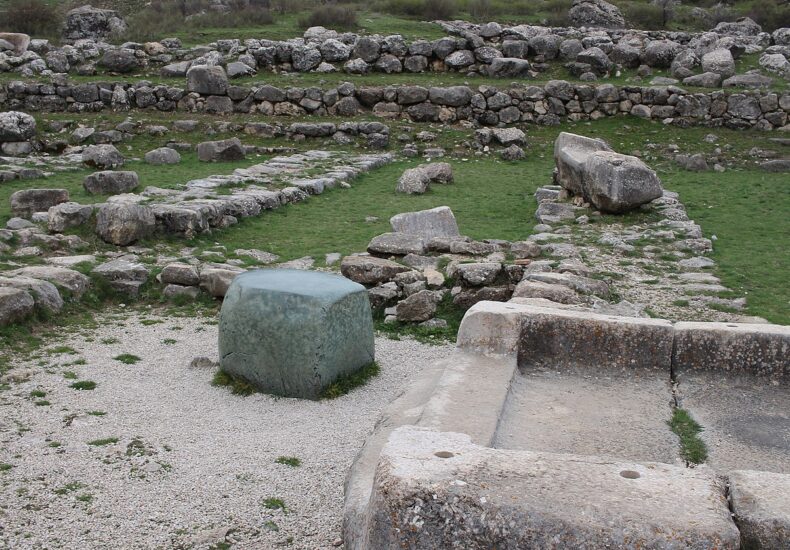
The Green Stone of Hattusa: An Ancient Enigma in the Heart of the Hittite Capital
In the archaeological heartland of Hattusa—the ancient capital of the Hittite Empire—stands a unique object that has defied clear interpretation for decades. Known simply as the Green Stone, this smooth, cube-shaped block is positioned inside the city’s Great Temple, a sacred site dating back to the second millennium BCE.
Unlike the surrounding limestone structures, the stone’s deep green color and polished surface immediately distinguish it from other artifacts. It measures roughly 69 centimeters in height, weighs nearly a ton, and was crafted from a material not native to the region—believed to be serpentine or nephrite.
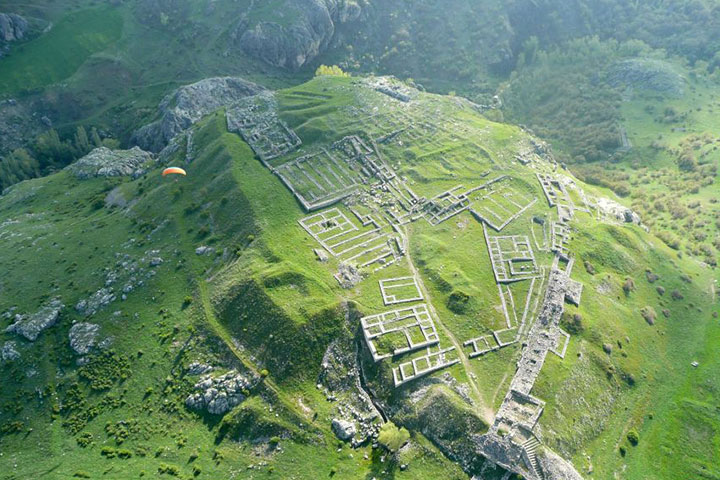
Its presence has sparked numerous theories, but no definitive evidence has been found to establish its exact purpose.
Competing Theories and Scientific Analysis
📣 Our WhatsApp channel is now LIVE! Stay up-to-date with the latest news and updates, just click here to follow us on WhatsApp and never miss a thing!!
Archaeologists have put forward several hypotheses regarding the stone’s original function:
- Ritualistic Use: Due to its prominent placement within the Great Temple, some researchers suggest it served as a ceremonial altar or platform.
- Royal Symbolism: Its size and isolation may indicate use as a symbolic throne or a sacred object associated with the Hittite king.
- Imported Significance: The stone’s foreign mineral composition raises the possibility that it was brought to Hattusa from afar—possibly from the Taurus Mountains or even further east—implying deliberate religious or political symbolism.
Geochemical analyses, including XRF studies, support the idea of non-local origin. However, the absence of inscriptions, reliefs, or textual references to the stone complicates efforts to place it firmly within the Hittite cultural framework.
Cultural Legacy and Popular Fascination
In modern times, the Green Stone has become an object of fascination far beyond academic circles. Visitors to Hattusa frequently encounter local traditions referring to it as a “wish stone,” believed to possess mystical properties. While these beliefs are not grounded in archaeology, they reflect the enduring allure of the object in both scholarly and popular imagination.
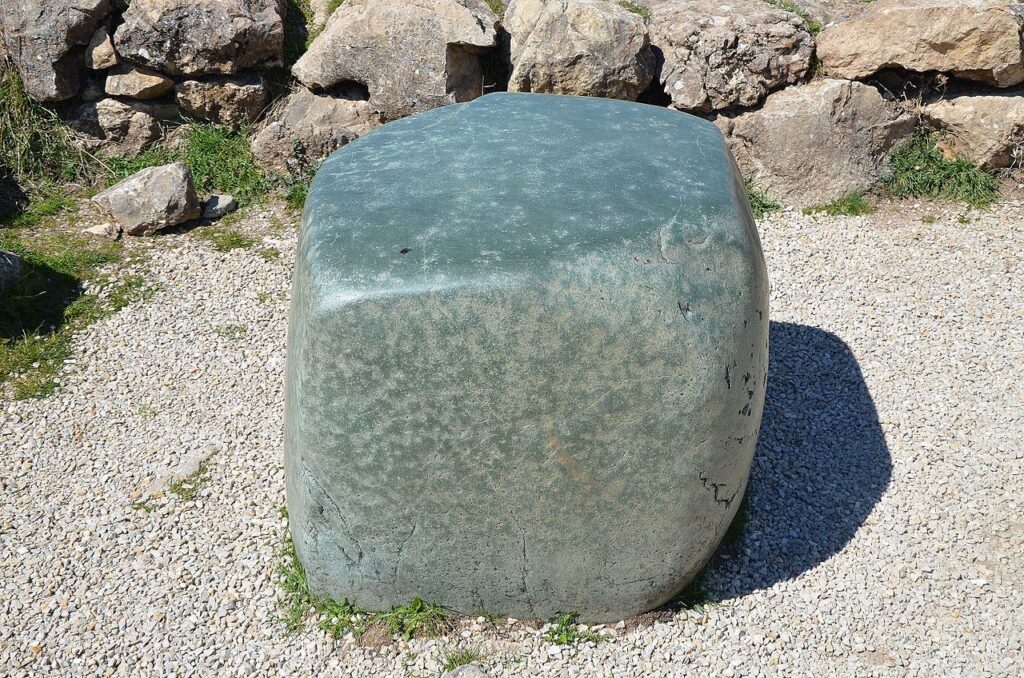
Its presence in the Great Temple underscores its likely ritual or symbolic importance, even if the specific practices surrounding it have been lost to time.
The Green Stone of Hattusa remains one of the most enigmatic artifacts from the Hittite civilization. Despite decades of research and advances in archaeological science, its function and meaning continue to elude scholars.
Rather than offering clear answers, the stone stands as a symbol of the complexity and depth of ancient Anatolian cultures—inviting ongoing research, debate, and discovery.
Cover Image: Wikipedia
You may also like
- A 1700-year-old statue of Pan unearthed during the excavations at Polyeuktos in İstanbul
- The granary was found in the ancient city of Sebaste, founded by the first Roman emperor Augustus
- Donalar Kale Kapı Rock Tomb or Donalar Rock Tomb
- Theater emerges as works continue in ancient city of Perinthos
- Urartian King Argishti’s bronze shield revealed the name of an unknown country
- The religious center of Lycia, the ancient city of Letoon
- Who were the Luwians?
- A new study brings a fresh perspective on the Anatolian origin of the Indo-European languages
- Perhaps the oldest thermal treatment center in the world, which has been in continuous use for 2000 years -Basilica Therma Roman Bath or King’s Daughter-
- The largest synagogue of the ancient world, located in the ancient city of Sardis, is being restored

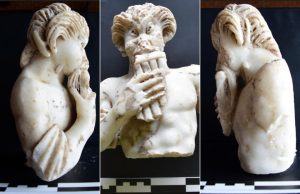
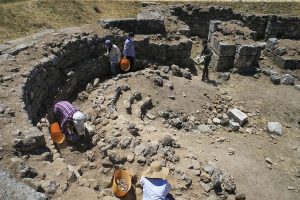
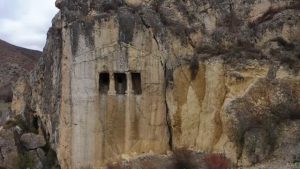
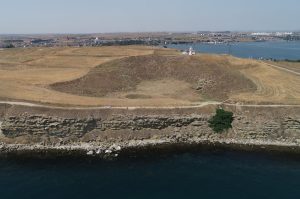

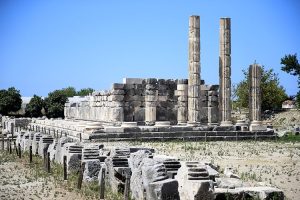


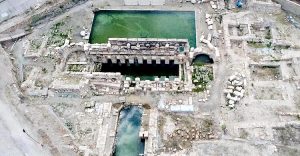
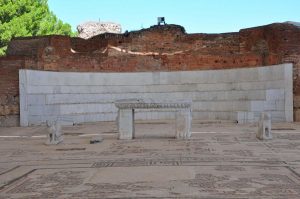
Leave a Reply